Description
Sometimes referred to as ‘opium lettuce’, this lesser known relative of our favourite salad leaf is said to calm the nervous system and treat restlessness.
Many people are surprised to learn that certain species of wild lettuce have mildly sedative properties. The name ‘opium lettuce’ refers more to the traditional method of tapping its milky sap than to its effects, which are far more subtle than those of its opioid namesake. In herbal practice it is often combined with other grounding herbs such as skullcap and valerian.
This species of wild lettuce is native to Europe and said to be found on the coast of the south east and east of England, but rarely found elsewhere in Britain. It is a sun loving plant that grows best in (but not limited to) well-drained sandy soils. If you sow seed in the spring it will spend its first year looking somewhat like a typical salad lettuce, then in its second year it will send up its taller flower-bearing stems.
Lactuca virosa is a species with significant morphological variation—in other words, plants within the species can look very different. Some varieties are tall and leggy, while others are shorter and bushier, which has led to considerable botanical confusion. In the UK, it is often mistaken for Lactuca serriola (prickly lettuce), another wild species. The key distinguishing feature of L. virosa is its maroon-coloured seeds (or “achenes”), which are notably different from the mottled brown seeds of L. serriola. We have sold several varieties in the past and now only sell the shorter, bushy variety.

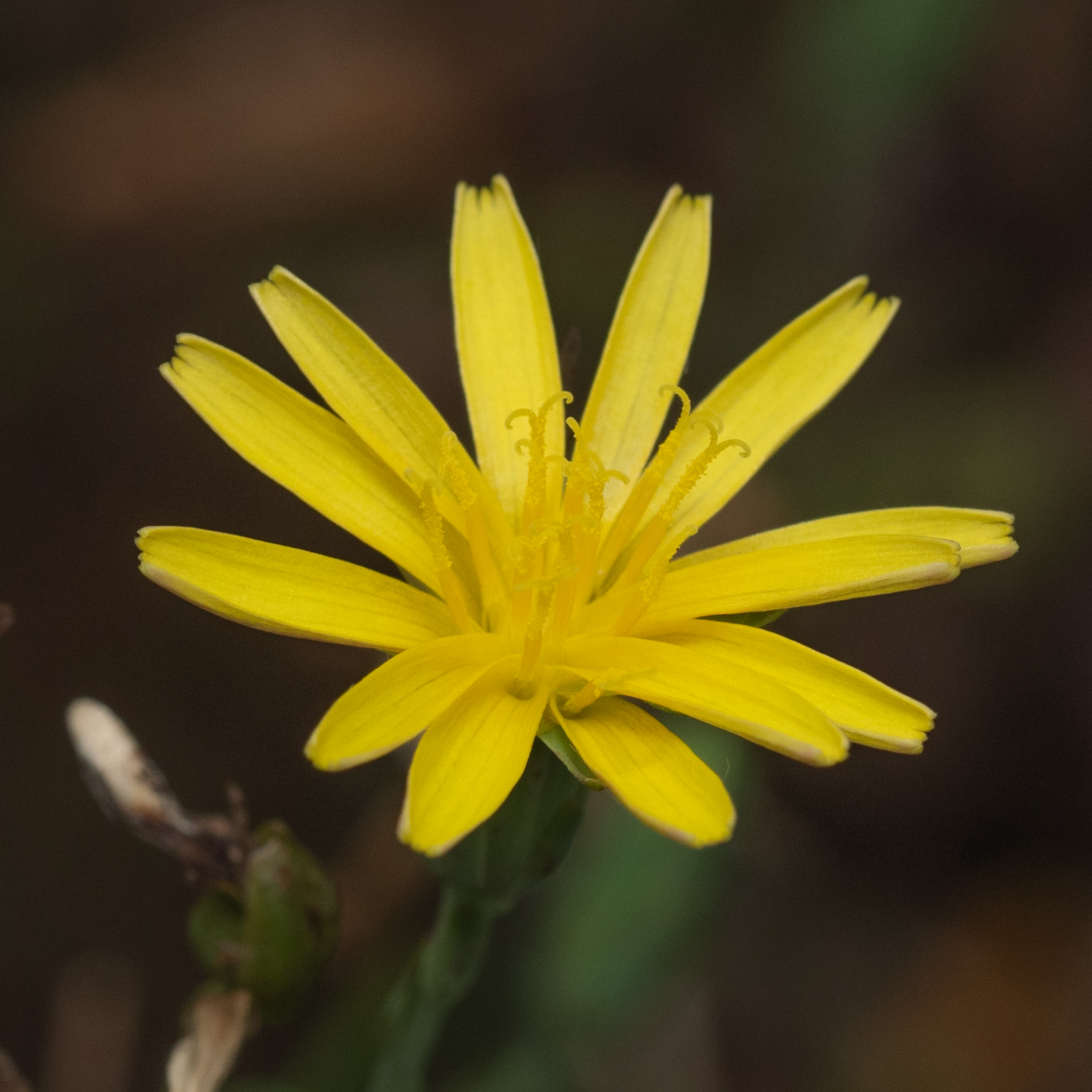

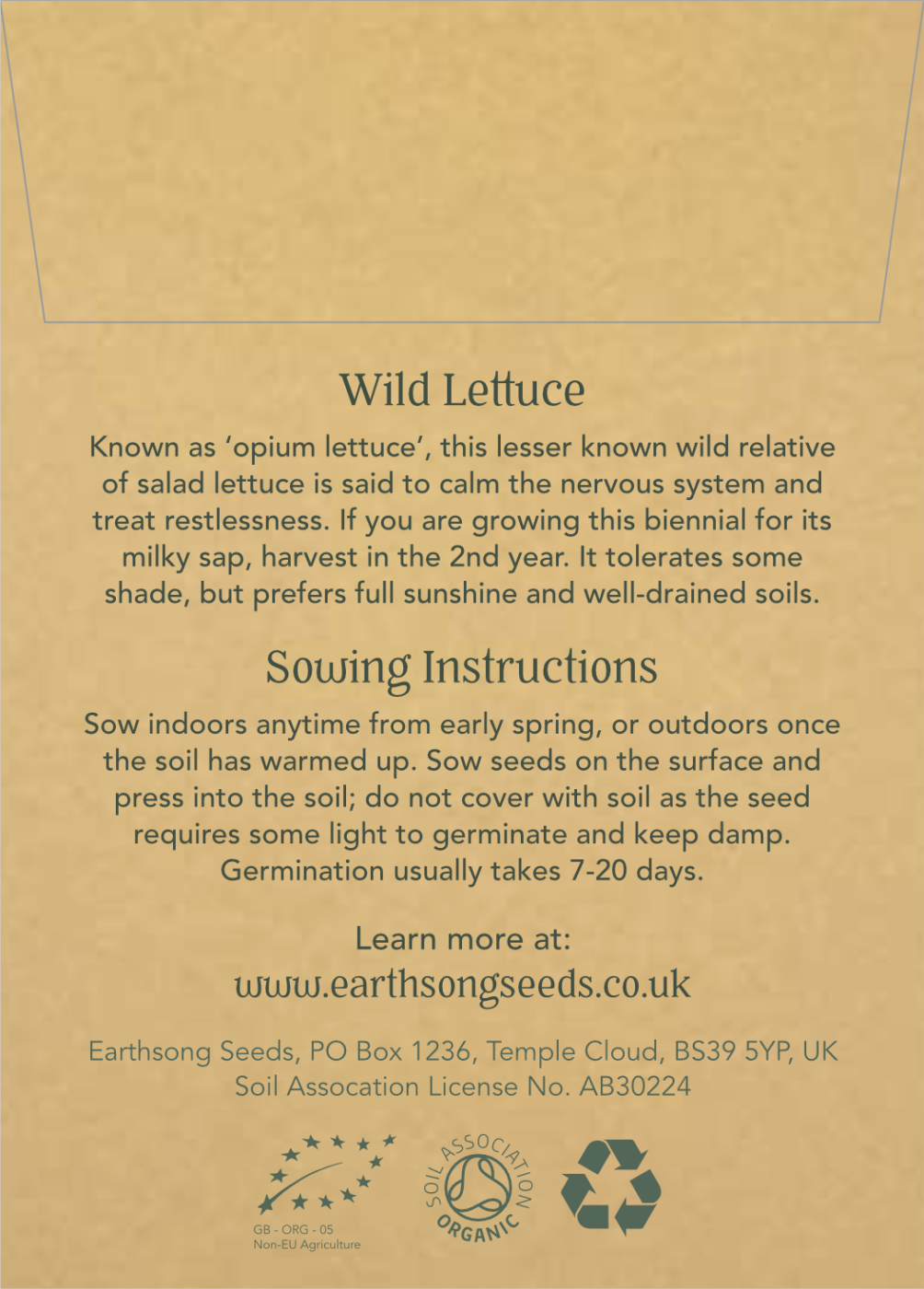
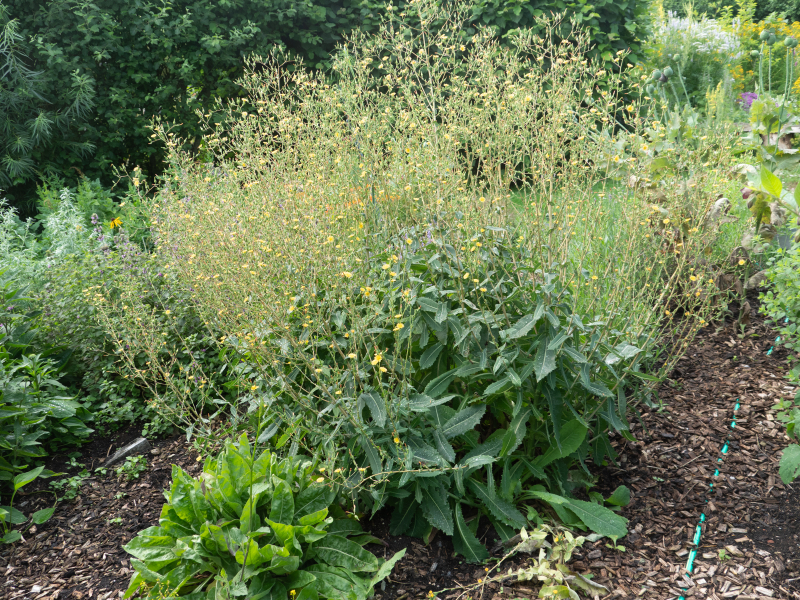
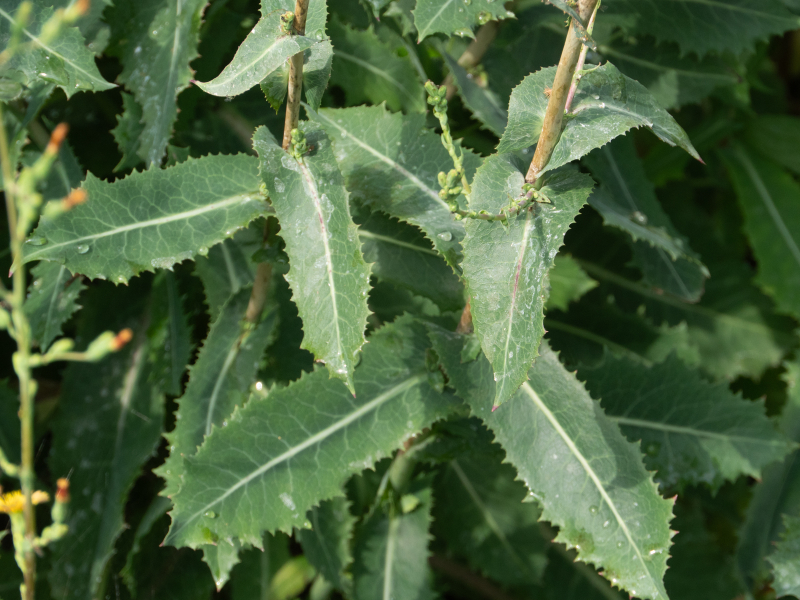
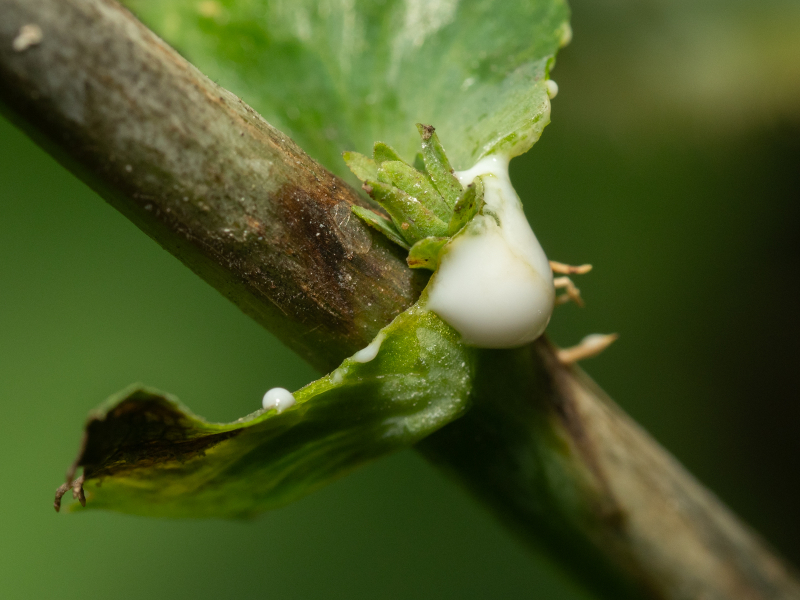
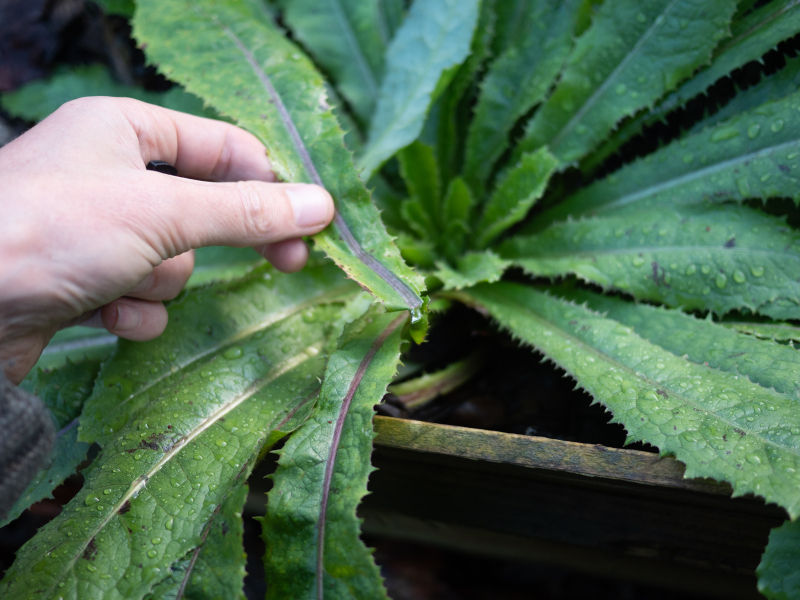
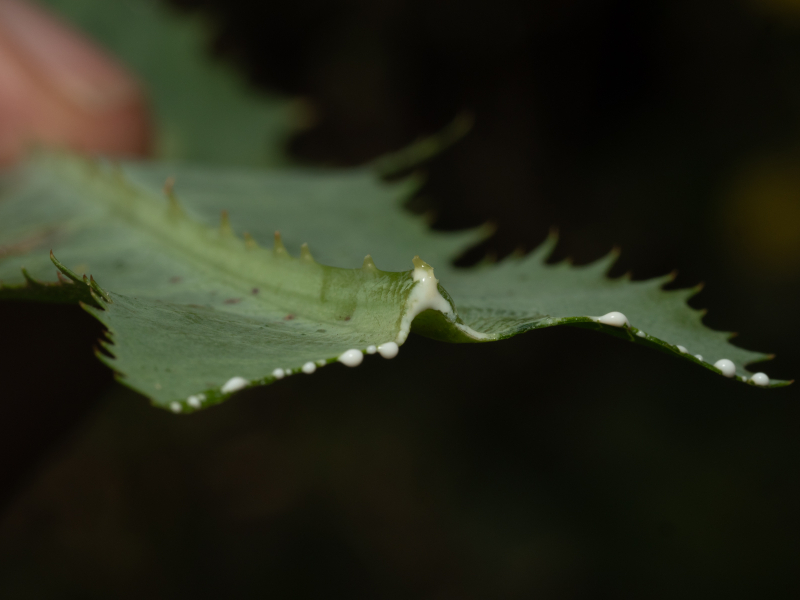
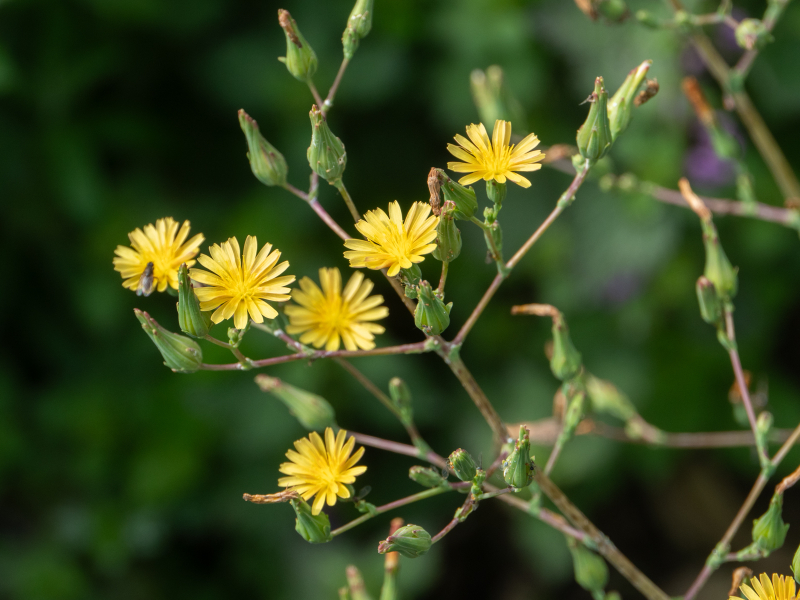
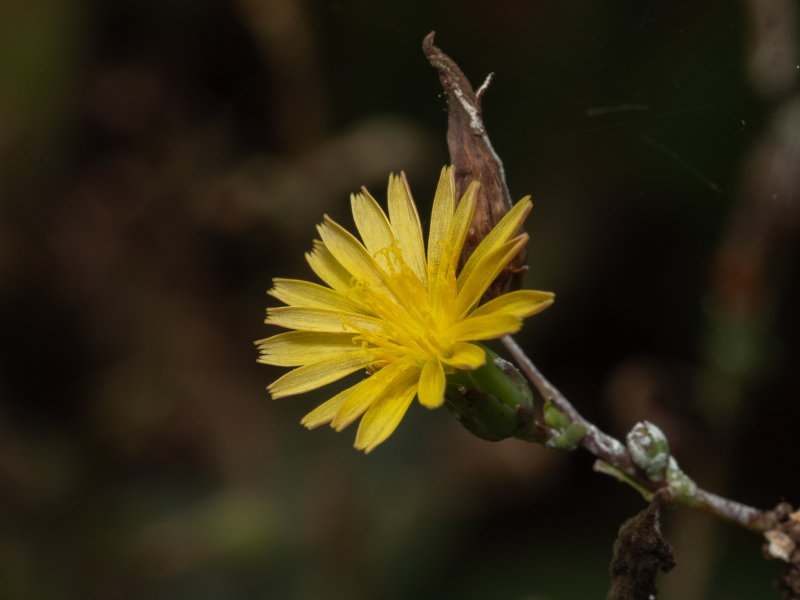
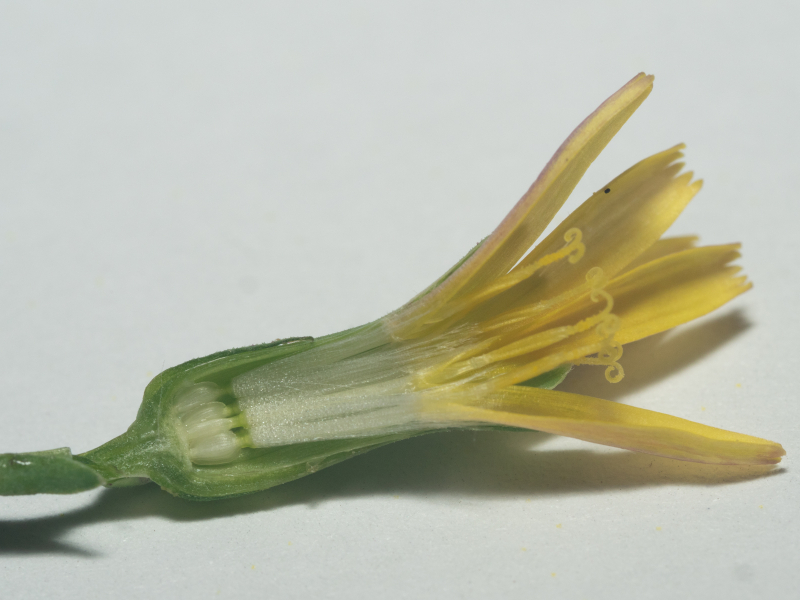
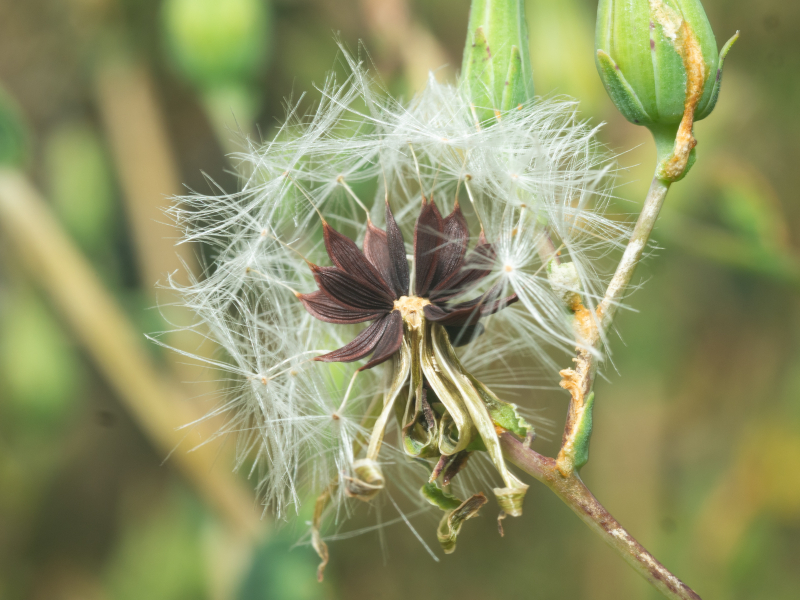
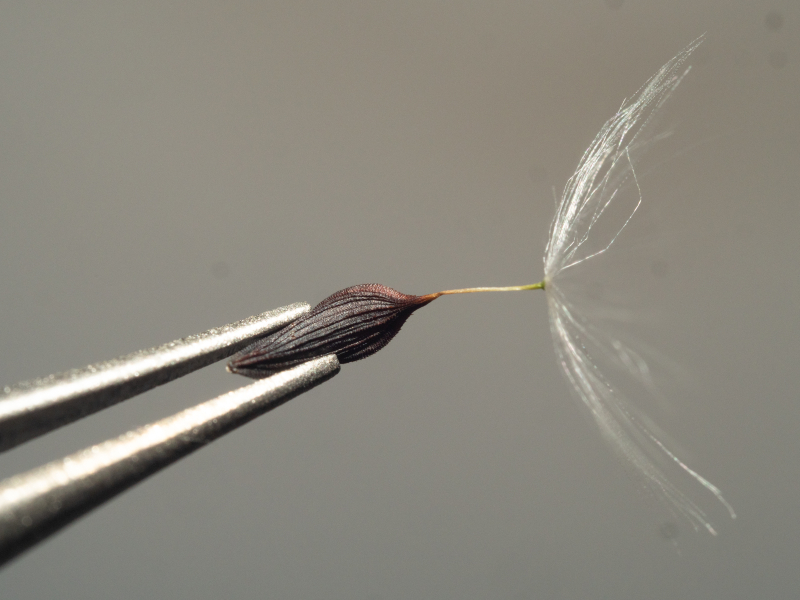






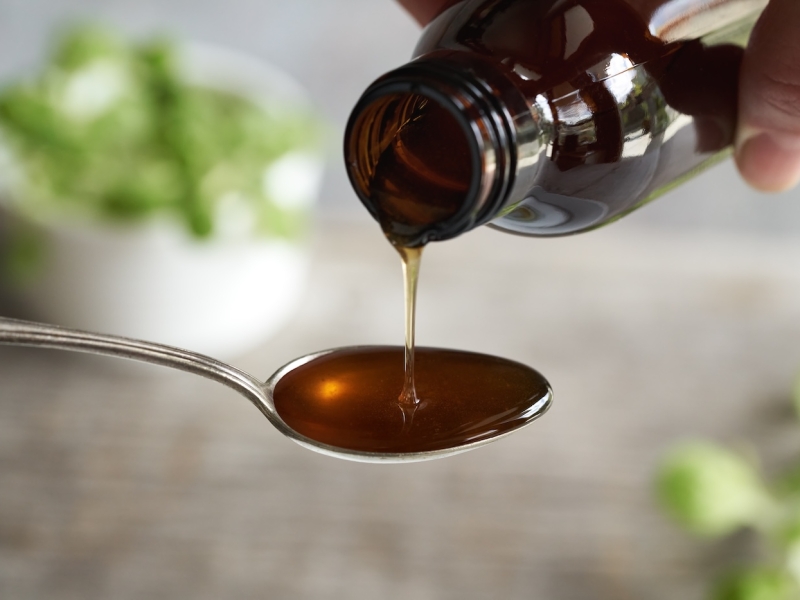


Reviews
There are no reviews yet.